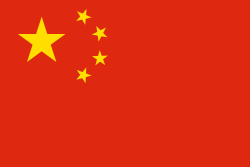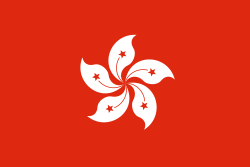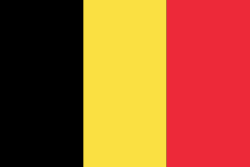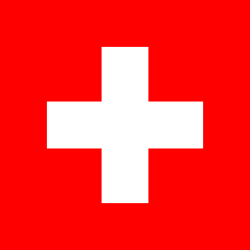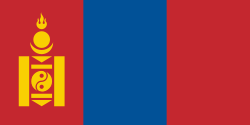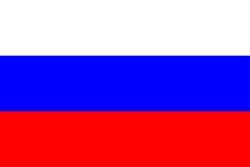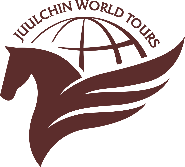The Silence of the Gobi: Trekking in the Land of Camel
The Silence of the Gobi: Trekking in the Land of Camel
12 Nights / 13 Days from $ 0 per person
Limited to 10 guests
INCLUDED:
South Gobi is one of the hottest, most remote and most arid regions in Mongolia. The mountains that cross the west and centre are extensions of the Altai, with the vast expanses of the Gobi stretching out at their feet. Compared to other desert regions, the flora of the Gobi is extremely rich. More than 250 types of plants have been identified here, including many medicinal plants and endemic one-golden karagana. The South Gobi has thousands of reptile and mammal fossil. Camel breeding is still an important component to the local economy. The camel provides high quality wool and milk with a high fat content. In recent years, however, goats have become more popular as the price for cashmere has increased.
Itinerary at a Glance
Request Your Tailor Made Journey
Want to join-in like-minded travelers to explore the country
EXPLORE JOIN-IN OPTIONSUseful Information
Useful information about Mongolia and things to look out
for before setting off to a life altering journey.
